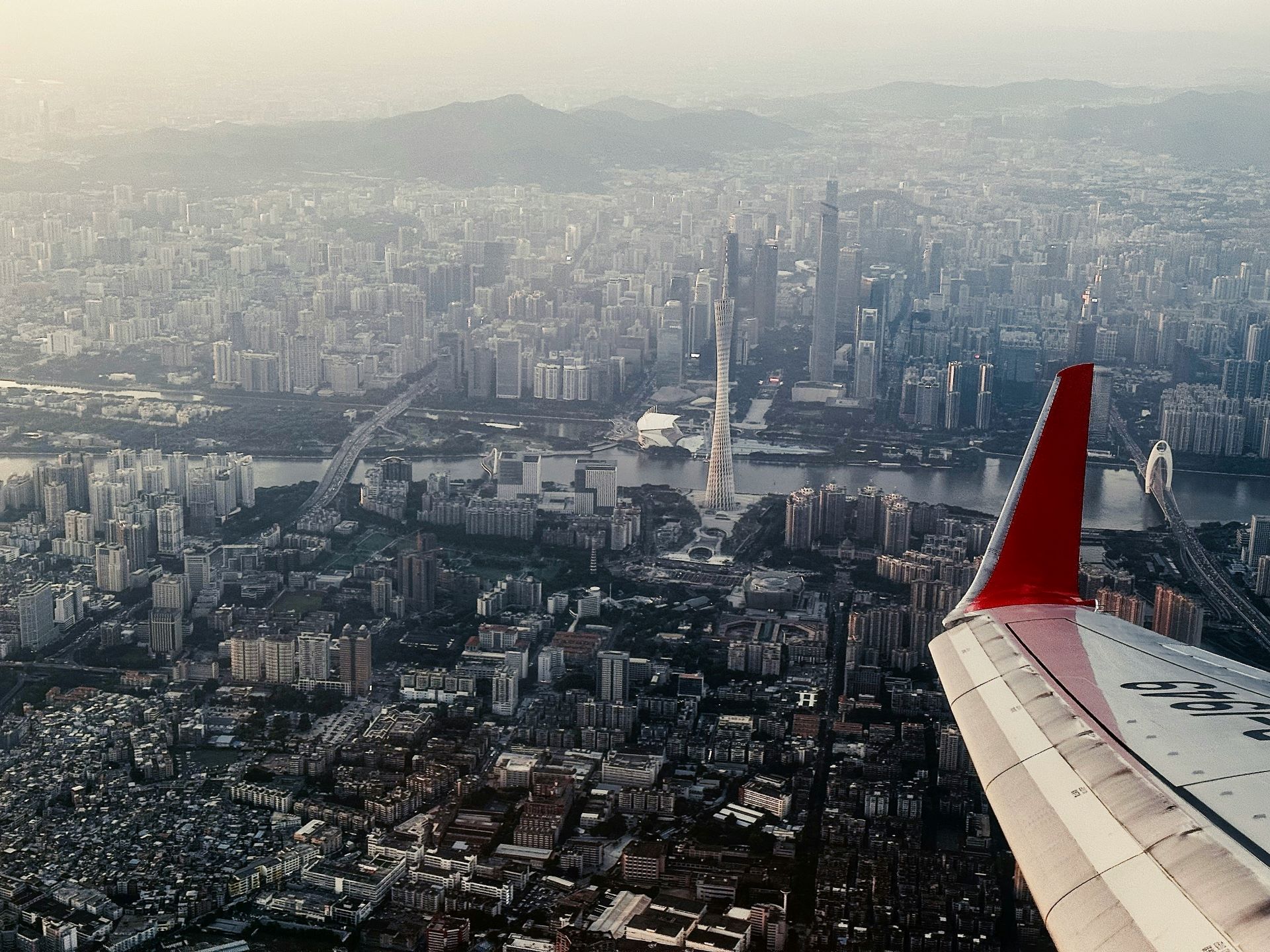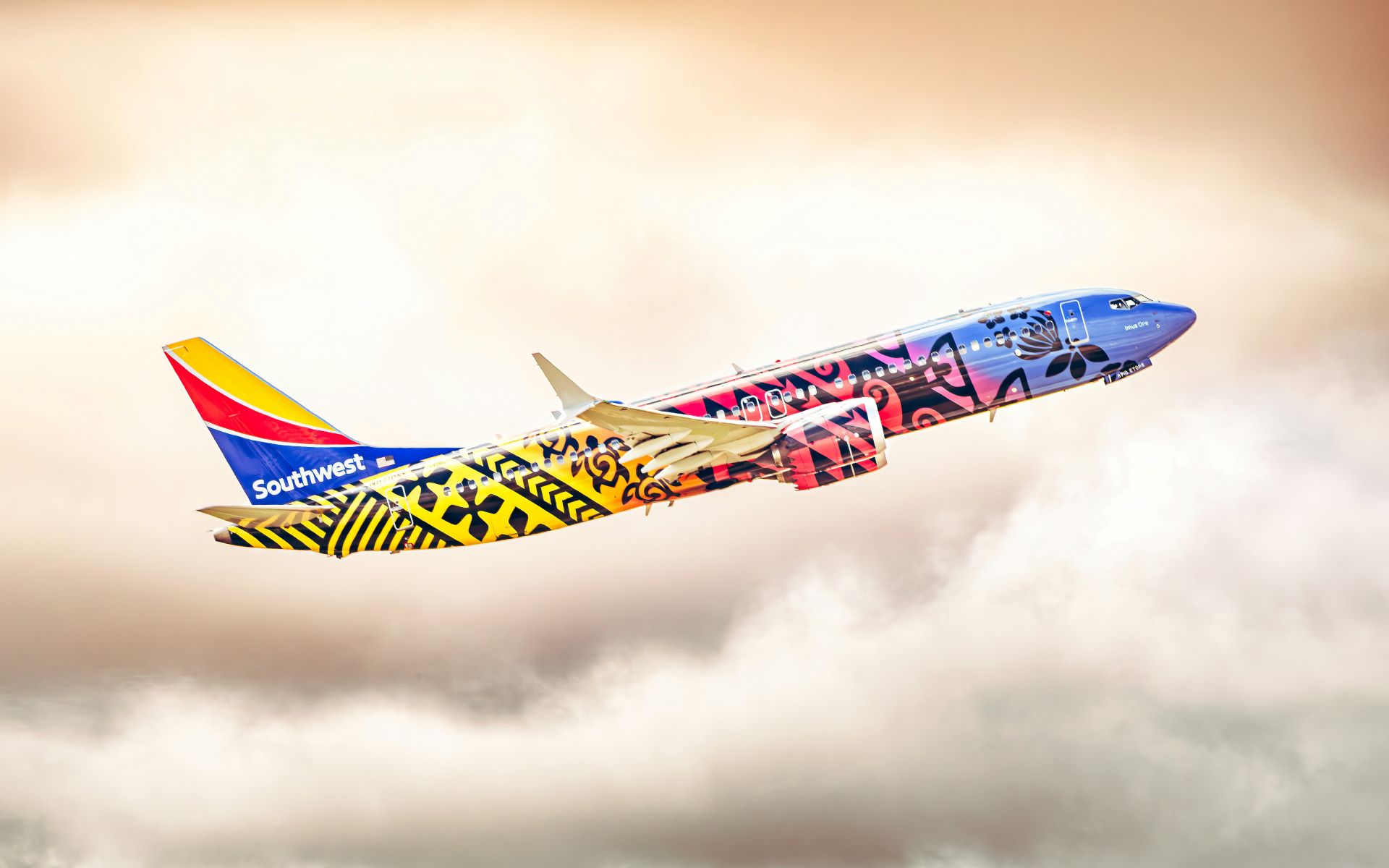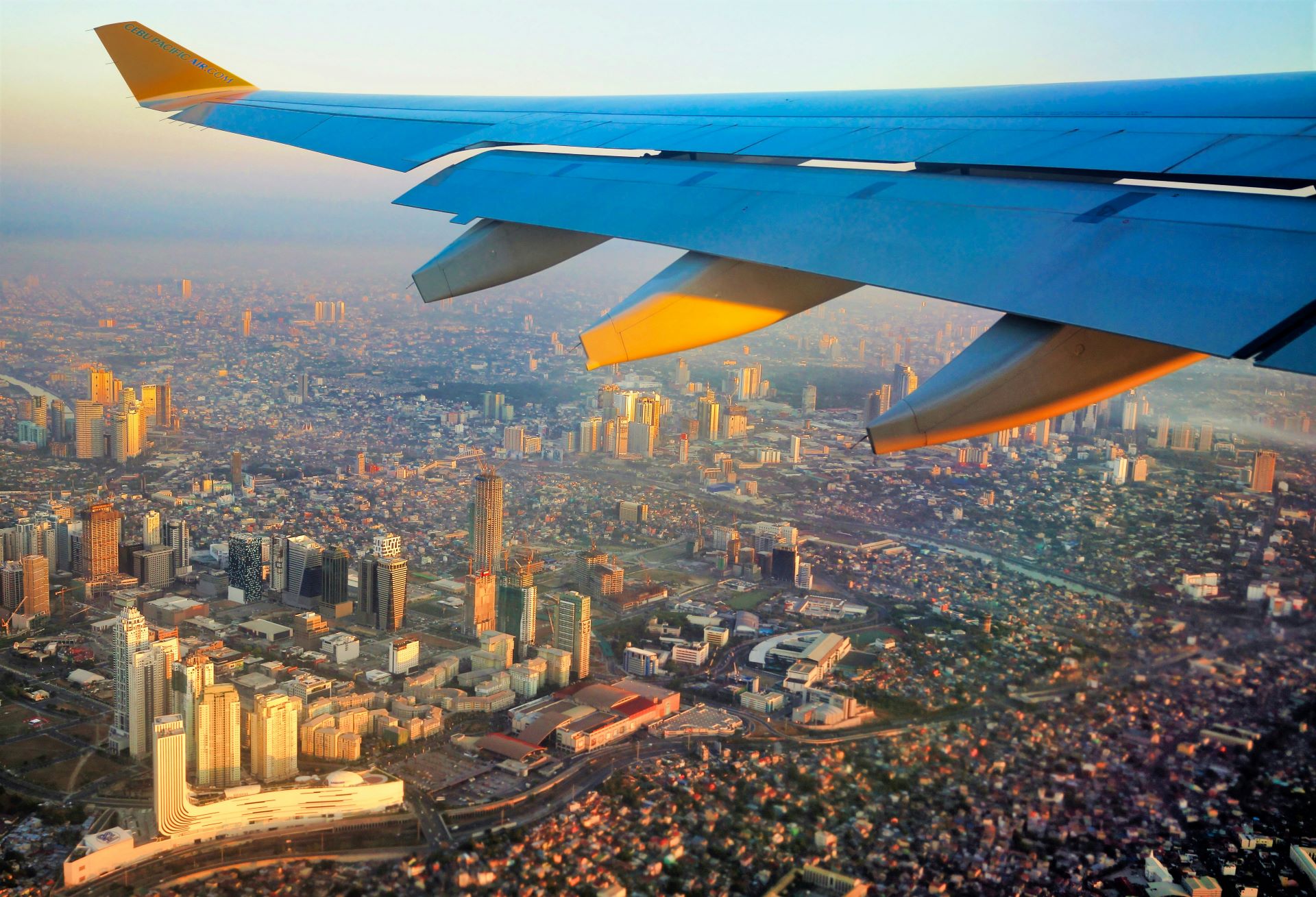In the modern travel landscape, airlines are no longer just a means of moving from point A to point B. They have evolved into sophisticated platforms that provide passengers with immersive experiences long before arrival. By integrating elements of local art, music, and cuisine into flights and airport lounges, airlines are positioning themselves as curators of culture, offering travelers a “destination teaser” that sparks curiosity and strengthens tourism appeal. This shift reflects a broader trend where airlines leverage sensory storytelling to connect passengers with the cities, regions, and countries they serve.

Crafting Journeys with Culinary Storytelling
For many travelers, cuisine is the first point of connection with a destination. Airlines have embraced this, designing menus that echo local flavors, seasonal ingredients, and regional culinary techniques. From business class on intercontinental flights to boutique carriers serving niche markets, passengers can sample dishes that reflect the soul of a city.
Singapore Airlines, for instance, curates “Book the Cook” options, allowing passengers to pre-select traditional Singaporean dishes, offering a taste of Laksa or Hainanese chicken rice at 35,000 feet. Similarly, Emirates has partnered with celebrated chefs from around the world to craft menus inspired by Middle Eastern and international flavors, turning in-flight dining into a gastronomic introduction to destination culture.
Airport lounges extend this experience. Lounge menus are increasingly designed to echo regional food identities. In Tokyo, ANA lounges may offer sushi crafted by master chefs; in Johannesburg, South African wines and biltong give travelers a flavor of local terroir before they even leave the airport. For airlines, these culinary moments serve as more than sustenance—they are cultural ambassadors that whet the appetite for exploration.
Soundtracking the Sky: Music as Cultural Immersion
Music has always been central to a region’s identity, and airlines are using it to build emotional bridges between passengers and destinations. Onboard playlists are curated not merely for background ambience but as a storytelling tool. Passengers may drift from classical Japanese koto strings to Afrobeat rhythms, or from Parisian jazz to Brazilian samba, each composition evoking a distinct sense of place.
Some carriers take it further, commissioning original compositions or featuring local artists. Qatar Airways’ inflight entertainment system, for instance, includes exclusive tracks and music documentaries highlighting regional genres, offering a sonic introduction to the culture passengers are about to encounter. Music also permeates lounges: soft, location-inspired soundscapes in Singapore Changi or Istanbul’s Turkish Airlines lounges subtly immerse travelers in a local rhythm, turning wait times into cultural interludes.
This integration of music not only entertains but also primes travelers for destination experiences, creating an anticipatory emotional connection that extends beyond the flight itself.
Galleries in the Sky and on the Ground: Showcasing Local Art
Airlines are increasingly turning cabins and lounges into galleries. Limited-edition artworks, murals, and design elements are used to tell stories of cities and regions. Finnair, for instance, incorporates Nordic design and artwork into both its cabins and lounges, blending modern aesthetics with cultural heritage. Emirates features rotating exhibitions of Middle Eastern art in its lounges, offering passengers an opportunity to engage with local creativity even before arriving in the region.
Even in-flight magazine content is curated with a similar ethos. Features on local artists, architecture, and cultural events act as both entertainment and inspiration. Such initiatives transform mundane moments of travel into opportunities for cultural discovery. By giving travelers early access to a destination’s creative pulse, airlines cultivate an appetite for authentic experiences once on the ground.
Sensory Branding Beyond the Seat
Beyond food, music, and art, airlines are exploring subtle sensory branding to evoke destinations. Fragrances in lounges, crafted to reflect a city’s character, help passengers associate scent with place. Scandinavian carriers, for example, employ natural pine and juniper scents reminiscent of Nordic forests. Emirates’ lounges in Dubai may feature desert-inspired aromas, while lounges in Rio subtly incorporate tropical floral notes. These sensory cues create holistic cultural touchpoints, making the travel experience feel multi-dimensional and memorable.
Even amenity kits are curated with local flair. Japanese carriers often include skincare products made with traditional ingredients like green tea or rice extract, while Thai airlines may feature lemongrass-infused wellness items, turning routine self-care into an immersive cultural gesture. Such attention to detail reinforces the perception of airlines as cultural custodians, offering passengers a layered, multi-sensory journey before departure.

Collaborations with Local Communities
Airlines increasingly collaborate with local artisans, chefs, and musicians to ensure authenticity. These partnerships often extend beyond aesthetic appeal, fostering tourism ecosystems that benefit regional communities. For instance, partnerships with boutique wineries, local ceramicists, or traditional textile artisans allow airlines to showcase the breadth of a region’s creative economy.
In destinations where tourism infrastructure may be developing, airlines act as cultural intermediaries, giving local talent a global platform. A passenger sampling South African wine in a lounge in London or enjoying a handcrafted textile in a Middle Eastern carrier’s boutique introduces them to cultural assets they may seek out during their travels. This integration encourages deeper engagement with the destination, promoting sustainable tourism growth while enhancing the airline brand.
The Destination Teaser Effect
Airlines’ cultural programming does more than entertain; it stimulates curiosity and anticipation. By exposing passengers to elements of the local culture before they land, airlines create a “destination teaser” effect. This approach transforms ordinary flights into prelude experiences, heightening passenger engagement and incentivizing exploration. Tourists are more likely to visit galleries, dine at local restaurants, or attend cultural events when they have already sampled a curated experience in-flight or in a lounge.
This teaser effect has measurable benefits. Airports and airlines that embrace cultural curation often see increased passenger dwell times, higher loyalty program engagement, and a more enthusiastic adoption of destination tours and excursions. Moreover, it positions airlines not simply as transportation providers but as essential cultural connectors in the tourism ecosystem.
Digital Amplification of Cultural Experiences
In the digital age, airlines are extending these cultural touchpoints online. In-flight entertainment systems, airline apps, and social media channels are curated with local content, virtual tours, and behind-the-scenes features from destination artists and chefs. By integrating these digital experiences with the physical flight journey, airlines provide a seamless cultural continuum.
Passengers may explore a city’s art scene through a VR exhibition offered in-flight, learn recipes from a regional chef through interactive screens, or stream curated local music post-flight. This multi-platform approach ensures that airlines remain cultural curators, not just in the air but across the full spectrum of a traveler’s journey.

Redefining Travel Through Culture
As airlines increasingly embrace their role as cultural ambassadors, they redefine the purpose of air travel. Passengers no longer arrive at a destination as strangers; they arrive as guests who have already tasted the cuisine, heard the music, and glimpsed the artistry of a place. In doing so, airlines enhance tourism appeal, foster authentic connections, and elevate the passenger experience to an anticipatory, sensory-rich journey.
By curating culture, airlines bridge geographic divides, turning a flight into more than transportation—it becomes the first chapter of a traveler’s story. In a competitive tourism market, where differentiation is essential, the ability to transport passengers not just physically but culturally offers airlines a powerful tool for engagement, loyalty, and influence.
Ultimately, airlines are proving that the journey itself can be as compelling as the destination. Through culinary experiences, musical curation, artistic showcases, and thoughtful sensory branding, they transform travel into an immersive cultural narrative. Passengers leave the flight enriched, inspired, and primed for exploration, ensuring that tourism begins the moment they step onboard.
